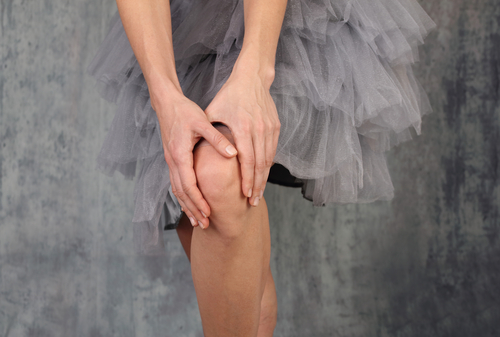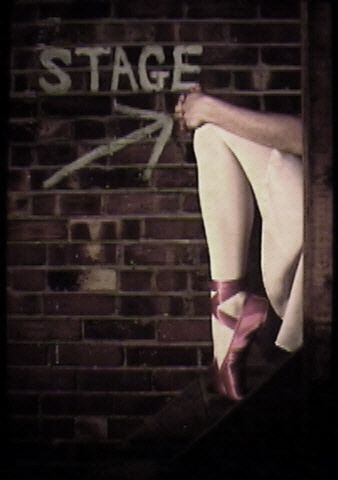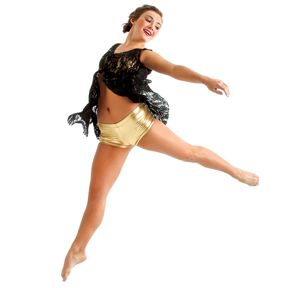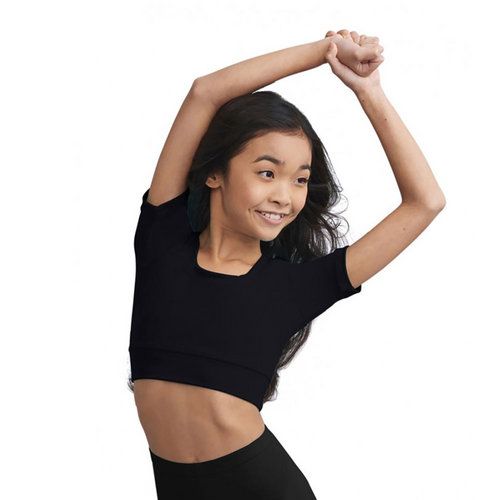Dance Talk
Our dance season never ends. Learn dance tips from the best.
How To Prevent Dancer Injuries

by Audrey Moore

As one of the leading dance costume companies, Just for Kix knows that dancing is generally good for your health -- but it can also be hard on the body. Not only is dancing highly demanding, but injuries are common. In fact, most dancers will experience an injury from dance in their lifetime.
Why? Because many dance positions are stressful for muscles, bones and ligaments, resulting in injuries. Dancers are most at risk for an injury during a growth spurt, around the ages of 8 to 12 for girls, and slightly older -- 10 to 14 -- for boys. During these ages, bones are more susceptible to injury, like stress fractures because they're weaker. Ligaments are also often tight because the bones tend to grow faster than muscles.
Not only that, according to studies, many dancers don't have proper nutrition. In fact, on average, dancers consume only 70-80% of the daily recommended allowance for calories. When enough calories aren't consumed, the body grows weaker; bones and muscles can further break down. If a dancer is already injured, improper nutrition can also lead to healing delays.
Some other factors that can lead to dance injuries include:
- Lack of experience -- Dancers don't have the skills or techniques to meet the physical demands of dancing.
- Poor technique -- Not following proper technique, such as bringing a foot down on the floor too hard repeatedly, which can injure soft tissues and bones.
- Fatigue -- It's easier to get injured when dancers are tired. They lose form and become sloppy.
- Overtraining -- This can lead to a variety of issues from stress fractures to shin splits.
- Not resting after an injury -- Doing so can exacerbate the condition and hinder the healing process.
All of these issues can add up to a few common injuries. According to Johns Hopkins Medicine, some of the typical ones that dancers experience include:
- Hip injuries -- Snapping hip syndrome, hip impingement, labral tears, hip flexor tendonitis, hip bursitis and sacroiliac joint dysfunction
- Foot and ankle injuries -- Achilles tendonitis, trigger toe and ankle impingement
- Knee injuries -- Patellofemoral pain syndrome
- Stress fractures -- Metatarsals, tibia, sesamoids and lumbar spine
- Dancers are also likely to develop arthritis in the knee, hip, ankle and foot
Tips for Dancers

Now that you know what causes injuries and what some of the most common ones are, how can you prevent injury and stay healthy during your dance career? Start by following these tips:
- Be smart. Learn more about common dance injuries so you can look for signs of them. Don't overtrain or train through pain. If there is an injury, give it the proper amount of time to heal.
- Be prepared. Wear the right dance wear from reputable dance costume companies to class and for performances. That includes both apparel and shoes that fit properly. Always drink a lot of water throughout every practice to stay hydrated.
- Be mindful. Use proper technique to reduce the risk of dance injuries. Be aware of your body limits and don't push too far too fast. Also, make sure you're performing a proper warm up before you dance and cool down afterward.
Tips for Parents

If you're a parent, then you play an important role in preventing injury in your child. That's why it's vital that you don't encourage your child to dance through the pain or to move up to a higher level if they don't feel quite ready.
In addition, it's also important to ensure your dancer is eating enough to stay healthy. They shouldn't be eating less than what their body needs just to conform to an ideal dancer image. Be aware of any dramatic weight changes, or changes in mood or behavior, so you can address them before they escalate.
If your child is taking ballet, then you should ensure pointe training begins at the right age -- and not before your child's feet and ankles develop enough strength. Generally speaking, 12 years of age is the earliest this kind of training can begin.
Tips for Teachers
Like parents, dance teachers play a critical role in preventing injuries, too. From the very beginning, classes should maintain an environment where a dancer is not afraid to report any injury. In fact, dancers should be encouraged to do so. Likewise, teachers should:
- Require that students properly warm-up and cool-down before and after class, as well as use equipment properly.
- Be mindful when considering moving up a dancer to ensure they are not only ready in terms of skill level, but maturity, as well.
- Make sure dancers are all wearing proper apparel and shoes. Wearing proper fitting shoes is especially important, as they better absorb impact, distribute weight more evenly and provide the necessary support for the foot.
Looking for Cheap Dance Costumes & Shoes?
Look no further than Just for Kix. Not only are our dance costumes and dance shoes stylish and high quality -- from brands you know and trust -- but they're totally affordable too. Shop affordable dance costumes now!

Follow Us
Follow Us online, join our conversations, engage with our teams around the world!